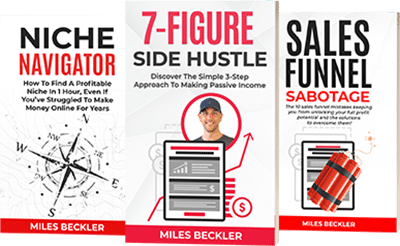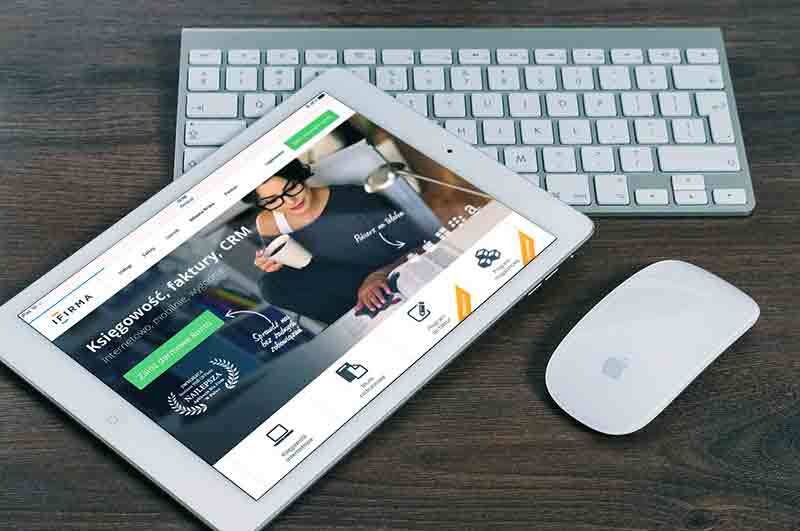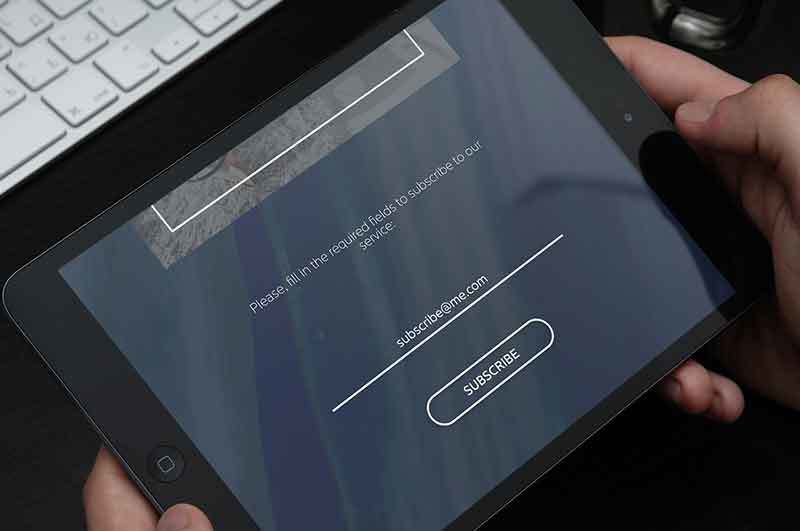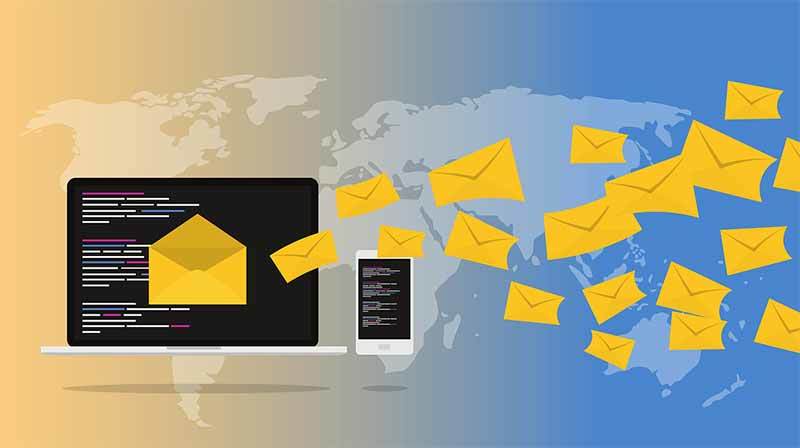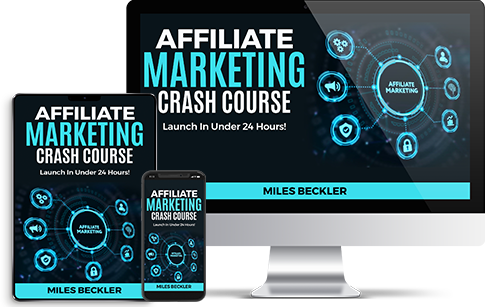Looking for a CHEAP and QUICK way to know if your product will sell to your audience?
Forget putting down a ton of money upfront only to discover months after that the whole thing is just a major flop.
Not only are you losing serious cash in this old way, but you’re also wasting your precious time and energy that could have gone to a more efficient route.
Similar to your affiliate marketing funnel, with a simple minimum viable marketing funnel built in one afternoon…
With a Minimum Viable Funnel built in one afternoon, you can find out in a day if it’s worth devoting more of your time into a product, or if you need to go back to the lab and cook up a different one.
An MVF will earn you more money, help you generate more leads and ultimately give you the data you need to scale your business online.
The "Minimum Viable Product’s" Digital Offspring
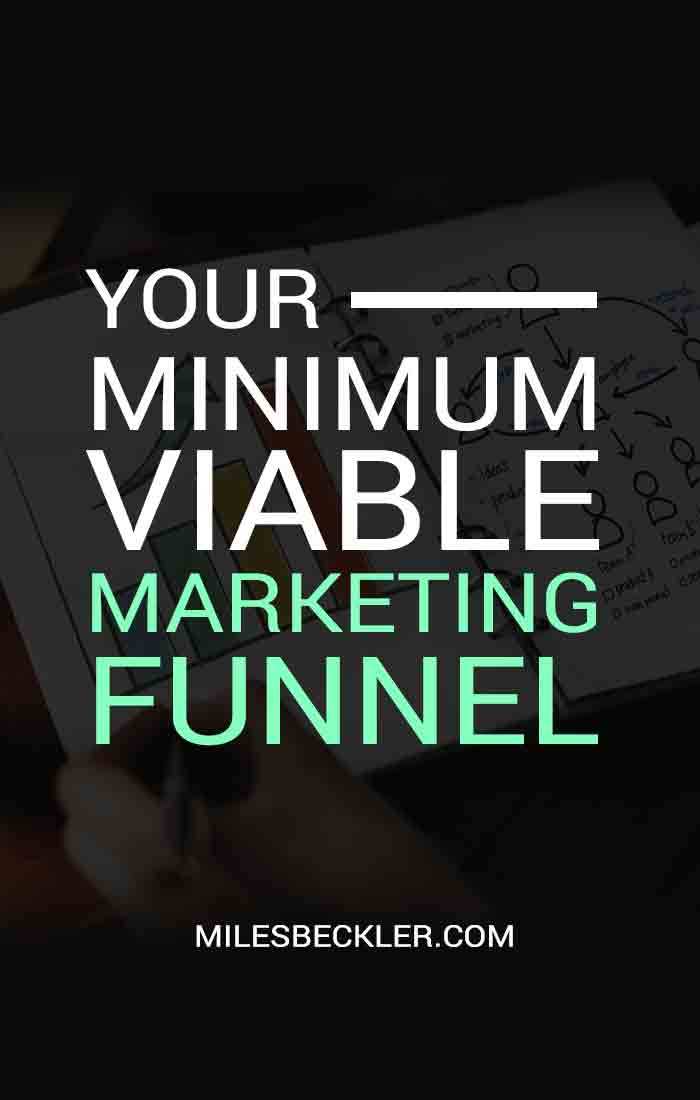
So you create a minimum version of your product that you can sell to your target market.
Once you lure and begin to convert your target audience, you’re on the right track. Scaling your MVP comes next.
But if it’s the opposite, you can either change your product, change your target audience, or make other tweaks to your approach.
Most important thing is you don’t dump a bunch of cash straight away.
That makes all the difference whether you’re a startup or a big company.
This the idea behind the MVF.
You don’t go big time on your marketing funnel right off the bat. You can never build one funnel and achieve success.
You have to test the waters first with low ad spend, a good enough but not perfect product to get it out the door and run traffic before you go large and spend money on something that is going to be a flop.
Get a feel for things first, then go deeper into it!
Minimum Viable Marketing Funnel Principles and Benefits
If you'd prefer to listen to this content from the video above, play it or download it from the podcast episode below.
Test and Scale
These are the core principles behind the MVF.
You have a product to sell, or an affiliate product to send traffic to, build a two page funnel to use for testing the waters and find out if it works or not for your target audience.
There’s nothing fancy or elaborate with this one. You only need a simple technique to start with, and that should spare you from massive losses if your first try doesn’t work.
What’s super cool about the MVF is the ample room for growth.
Maybe your first funnel works, perhaps it flops. Regardless, there are remarkable benefits you can expect including the following:
- Cheaper
There’s no question that an MVF can save you a ton of money upfront because you only start small.
You have your two-page MVF for testing your strategy, $5 Facebook ad, and email autoresponder, and you’re live.
Skip the fancy schmancy funnel that takes so much time to build and manage.
I use Thrive Themes because it is better than and cheaper than clickfunnels.
- Know Results Fast
Want to find out in just a week or two if your product will sell?
That’s what an MVF does - you build it in a couple of hours, set it up, then begin analyzing your results. If it doesn’t work, then change it up and start with a different one.
The key is in analyzing what went wrong, or reasons why your funnel was a bust and adapting quickly.
But, even if your funnel is not profitable for a bit, it not a complete loss..
The most important thing is you’re still building a long-term asset, and that’s your email list.
- Grow Your Email List
After a series of testing a bunch of funnels and realizing which one works best, your email list also grows along the way.
Keep on improving that funnel and send out valuable emails to retain your audience and continually engage this long-term asset.
Next thing you do is to scale your funnel. Are you modifying it for improvement, or is a significant overhaul in place?
What’s in your MVF?
So what should your MVF look like?
You need to have an ad, a landing page (optin page), an offer page, and an email campaign.
Facebook Ads
Facebook ads are a quick and cheap way to get traffic to the entrance of your marketing funnel.
A $5 facebook ad per day budget is where you need to start. That is enough to generate traffic and see if your target audience resonates with your offer - and fast.
If you haven’t done Facebook ads before, I have it all laid out for free in this “How to Advertise on Facebook” post.
Soon we will have to find a Facebook ads alternative, but that day is not entirely upon us yet.
A Good Landing Page
Your landing page (opt-in page, lead capture page) is the entrance to your funnel.
Whether you are selling your own products and services in your funnel or a product you are an affiliate of, the trick to it all is having your landing page offer a solution to your target audience’s biggest problem.
The kind of problem that keeps them awake at night that your product or affiliate product can fix.
A huge key here is that your optin page addresses that problem and convinces them that you have the solution to that problem behind the email-gate.
These landing pages need to be short and sweet.
A headline and optin form, maybe a little bit of copy.
Your optin page will generate leads for your business.
Even if your offer is a flop and does not convert, you have captured email addresses from the traffic to your landing page.
If your first optin page converts at 15% to 25%, keep it and implement split testing on your capture pages to scale up from there.
A great landing page that is optimized can convert in the 40-50% range, but those numbers come only after many split tests.
If you’re below 15%, throw it away and begin again.
Testing before we scale.
Offer Page
Your offer page MUST deliver what it is that you said you would provide in your opt-in page.
If you tell me you can help me calm my unruly kids, I give you my email address, then you immediately send me to a product to purchase without delivering on what you said you would deliver, you have burnt my lead for life.
Always deliver the solution that you said you would on the landing page.
I go in-depth on doing this successfully in How To Create a High Converting Lead Magnet.
In the unruly kid scenario, say you know a breathing exercise that works to calm kids down immediately.
Give that secret away and deliver on the promise.
In this funnel, our offer then could be a course, ebook, membership program on how to get kids not to become out of control.
Maybe they become unruly because of a diet thing, play too many video games, a home environment situation that requires many steps to fix.
You give the immediate value of the breathing exercise and pitch the $19 guide on 17 Meals that Help Your Kids Not Lose Control.
You gave a solution; you delivered, you established that you are an expert in unruly kids, and offer them a product on your offer page.
A critical step here as well is to set up the expectations of what you will be helping your new subscriber with on your email list.
Let them know right when you connect with them, what journey you are going to be taking them on since they are on your email list now.
One last thing - never underestimate the value of trust. The more your visitors become confident that you can help them and that you can deliver results, they will be yours for the long haul.
This trust is most established efficiently on your email list.
Email List
Once your visitors enter their info in your opt-in page, they are automatically put into your email list, which is the most exciting and valuable part of your MVF.
I like to call it a personal distribution system, the engine that runs your business.
They get into your auto-responder, and this gives you the legal right to follow up with them for as long as you want unless they unsubscribe.
But there’s more to an email list than merely collecting email addresses.
This is very crucial if you want to see results and keep their click off of your unsubscribe link.
This is why when they get onto your email list, you follow Gary Vaynerchuk’s Jab, Jab, Jab, Right Hook concept. The jabs stand for “give” and the right hook is your “offer”.
You set up your emails in your autoresponder this way - give, give, give, offer.
Doesn’t matter if you have 4 “gives”, or 2, or even 17! The most important thing is you give your email list helpful content.
Whether these are tips, advice, a free video, or anything relevant to their needs. The content you give will help them understand better how you can solve their problem or assist them to move closer towards their ultimate desires and goals.
So how come there’s no “get” after you “give”?
See, you don’t get to get anything from them because all you can do is present offers that will solve their problems, something of value to them. It’s still up to these folks on your email list to decide if they want to take it or not.
But a lot of things happen along the way, which is pure profit for you in the long run.
Once you have established a good relationship with them, they are more likely to take you up on your offers.
They purchase from you when they know, like and trust you and they keep on buying things you offer them in the future.
Rock and Roll Your MVF!
A minimum viable marketing funnel is THE way to know cheap and fast if your product has a chance of success.
Build these two-page sales funnel in an afternoon, launch a Facebook ad, and in nine days and less than $50 in ad spend; you have an answer!
What’s important is to be patient and observant as you test and scale your funnel, so you can determine what works best.
So get that minimum viable funnel going, get some leads, keep on learning, and have fun along the way!
Got some questions about setting up your funnel? Send them over in the comments section below, and I’ll be happy to answer them!

